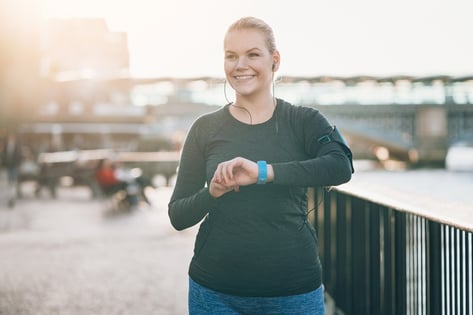 Zig Ziglar once said, “If you aim at nothing, you will hit every time.” And each of us knows from our own experiences that he is right. As humans we tend to flow toward what is easy and what is comfortable. One day turns into the next day and time seems to slip by us, and what we intended to do doesn’t quite get done.
Zig Ziglar once said, “If you aim at nothing, you will hit every time.” And each of us knows from our own experiences that he is right. As humans we tend to flow toward what is easy and what is comfortable. One day turns into the next day and time seems to slip by us, and what we intended to do doesn’t quite get done.
Although we have good intentions, and no doubt they are commendable, they never seem to happen because they are too vague. Vague intentions are impossible to focus on and aim for; they are moving targets.
Are there moving targets in your life? Maybe you want to lose weight for summer or want to make the gym part of your daily routine. Maybe you want to start eating healthier.
Bring Moving Targets to a Halt
So how do you stop a moving target? Create momentum and steady your target.
Imagine a target shooter trying to hit a bull’s-eye on a target. They begin to aim, but then suddenly the target moves; and before the shooter can position themselves to aim, the target moves again. It starts to become very unlikely that the shooter will ever hit their target.
Without being specific about your objectives, your intentions for them are your moving target. Wanting to lose weight, eat healthier, feel better, and have a routine is all fantastic, but without stating clear, defined goals and methods, you can’t focus and make it happen.
The way to steady your target so you can finally hit the bull’s-eye is to define your goals and write them down:
- How much weight do you want to lose?
- What kind of healthier choices can you make?
- How many days per week can you commit to coming to the gym?
Once you know what you want your outcome to be, you are much more likely to get there. But you have to start moving toward those objectives by using your momentum.
Momentum
“If you do what you’ve always done, you’ll get what you’ve always gotten.”
There is a lot of wisdom in the words of Tony Robbins. The majority of the time the hardest part of reaching a goal is just getting started. It’s never easy starting something new or passing up that favorite sweet of yours.
So how do you build up the momentum to get started? By creating a plan of action. Tony Robbins provides us with seven steps to increase our momentum.
- GET CLEAR: Gain clarity on where you are.
- GET CERTAIN: Take what you can dream about and make it real.
- GET EXCITED: It’s time to get excited about where you want to go.
- GET FOCUSED: Determine your results and where you want to end up.
- GET COMMITTED: This is the time where you become dedicated and truly commit to your goals.
- GET MOMENTUM: TAKE ACTION!
- GET S.M.A.R.T: Specific, Measurable, Achievable, Realistic, Timely GOALS!
Start Now!
Don’t wait; get started now! Create an action plan, get help with goal-setting, get nutrition help, and even form a workout program. Schedule an appointment with NIFS Ramp Up to Weight Loss Coordinator so you don’t have to go at this alone! Build up that momentum to help take you over the top and beyond.
Oh, and remember: we’re all here to help the entire way!
This blog was written by Ashley Duncan, Weight Loss Coordinator. To find out more about the NIFS bloggers, click here.


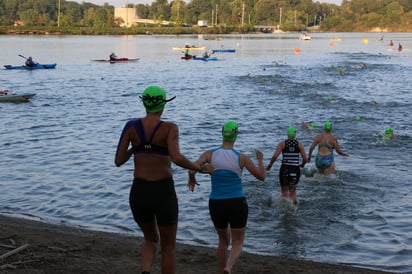 Following on from
Following on from 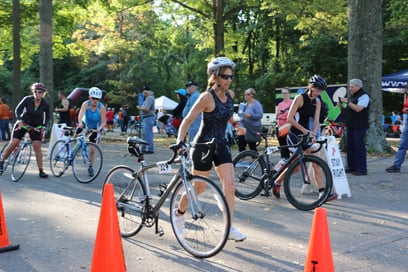
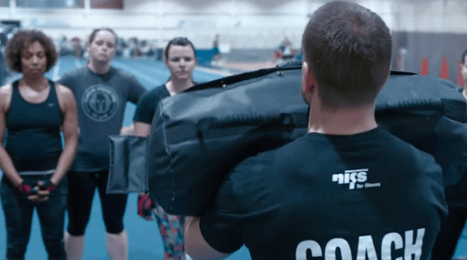
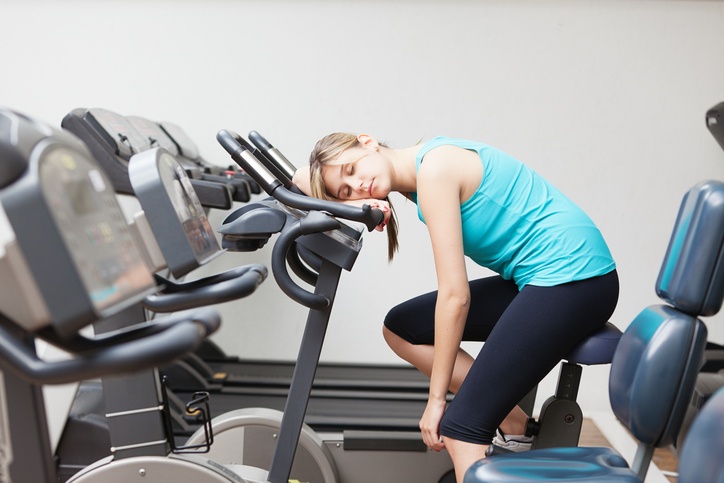 Do you wake up feeling tired? Well, you’re not alone. One in every three Americans does not get
Do you wake up feeling tired? Well, you’re not alone. One in every three Americans does not get 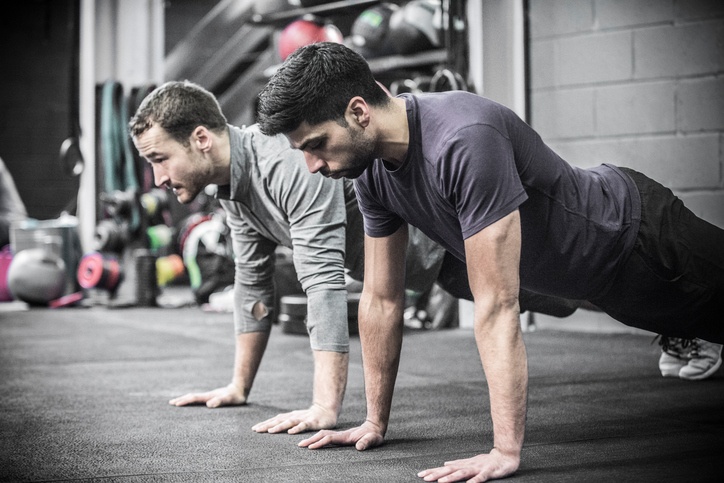 Take yourself back to the 1970s when Arnold Schwarzenegger was preparing for the
Take yourself back to the 1970s when Arnold Schwarzenegger was preparing for the 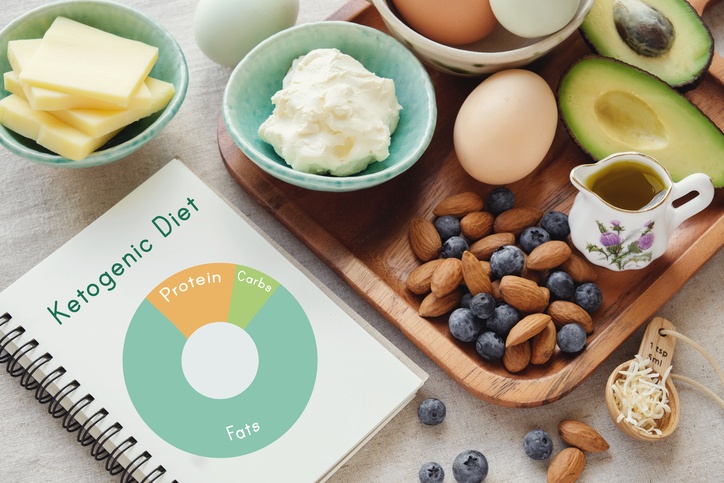 Ketogenic Diet (Keto)
Ketogenic Diet (Keto)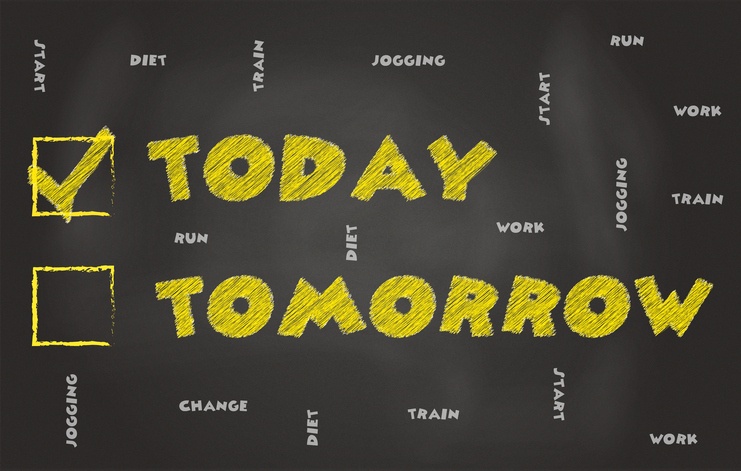 Do you remember what your resolution was almost three months ago when the ball dropped? If you are like millions of other people, you made a
Do you remember what your resolution was almost three months ago when the ball dropped? If you are like millions of other people, you made a 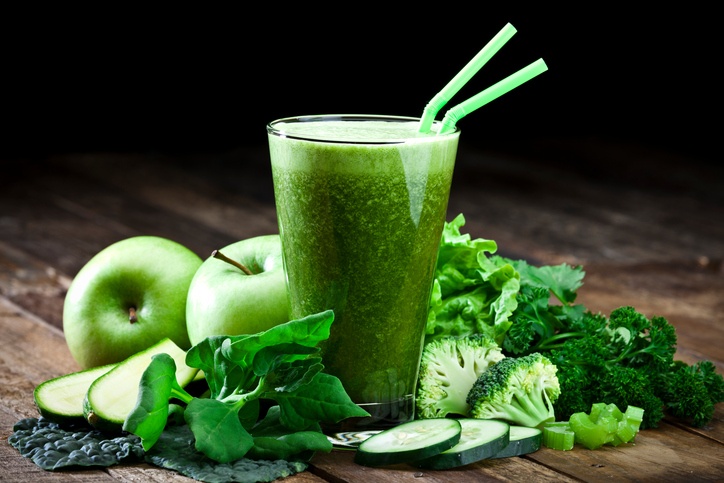 St. Patrick’s Day, the greenest of the holidays, is right around the corner. You might have your favorite lucky green shirt that you wear every year, but do you also have a favorite green dish that you eat, too? For a lot of people that might be some corned beef and cabbage, but if you aren’t a fan of that dish, want something with more balanced nutrition, or want to eat green at other meals too, try one of these healthy and tasty green recipes.
St. Patrick’s Day, the greenest of the holidays, is right around the corner. You might have your favorite lucky green shirt that you wear every year, but do you also have a favorite green dish that you eat, too? For a lot of people that might be some corned beef and cabbage, but if you aren’t a fan of that dish, want something with more balanced nutrition, or want to eat green at other meals too, try one of these healthy and tasty green recipes.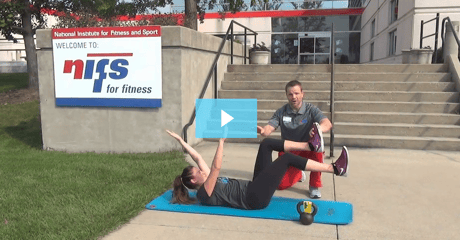
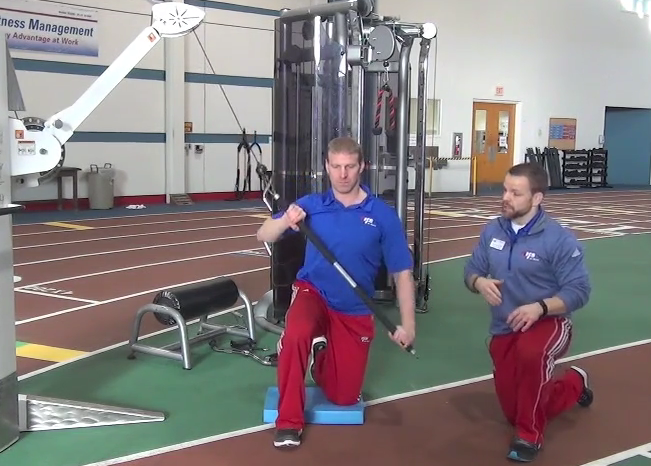 Chops
Chops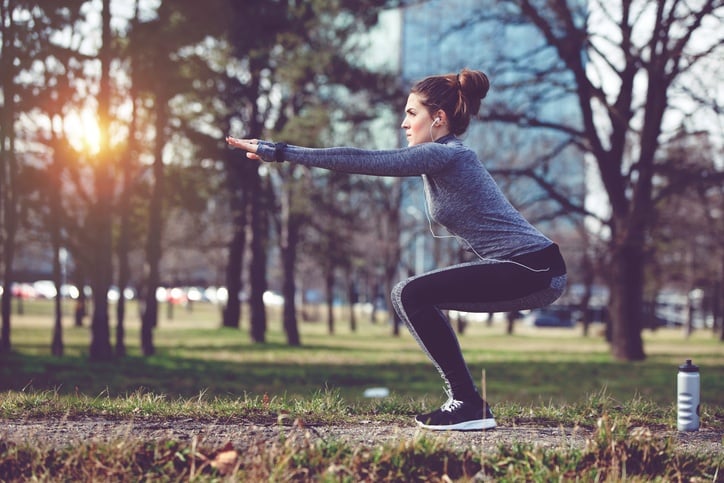 When you hear the word stretch, you might think immediately about flexibility (or perhaps your lack thereof). Flexibility was always the term used for enhancing limited movement, until the word mobility arrived and took the fitness industry by storm.
When you hear the word stretch, you might think immediately about flexibility (or perhaps your lack thereof). Flexibility was always the term used for enhancing limited movement, until the word mobility arrived and took the fitness industry by storm.